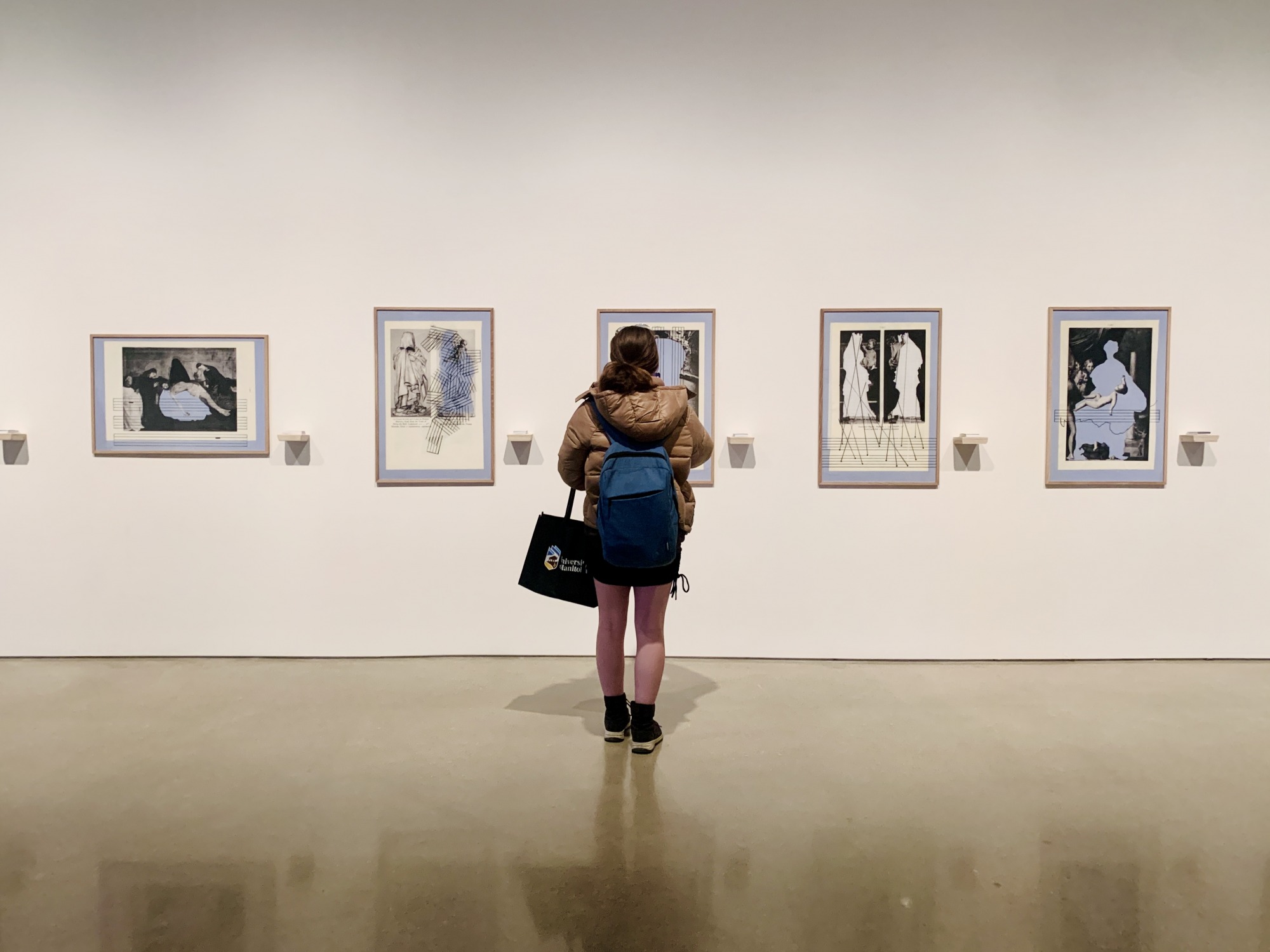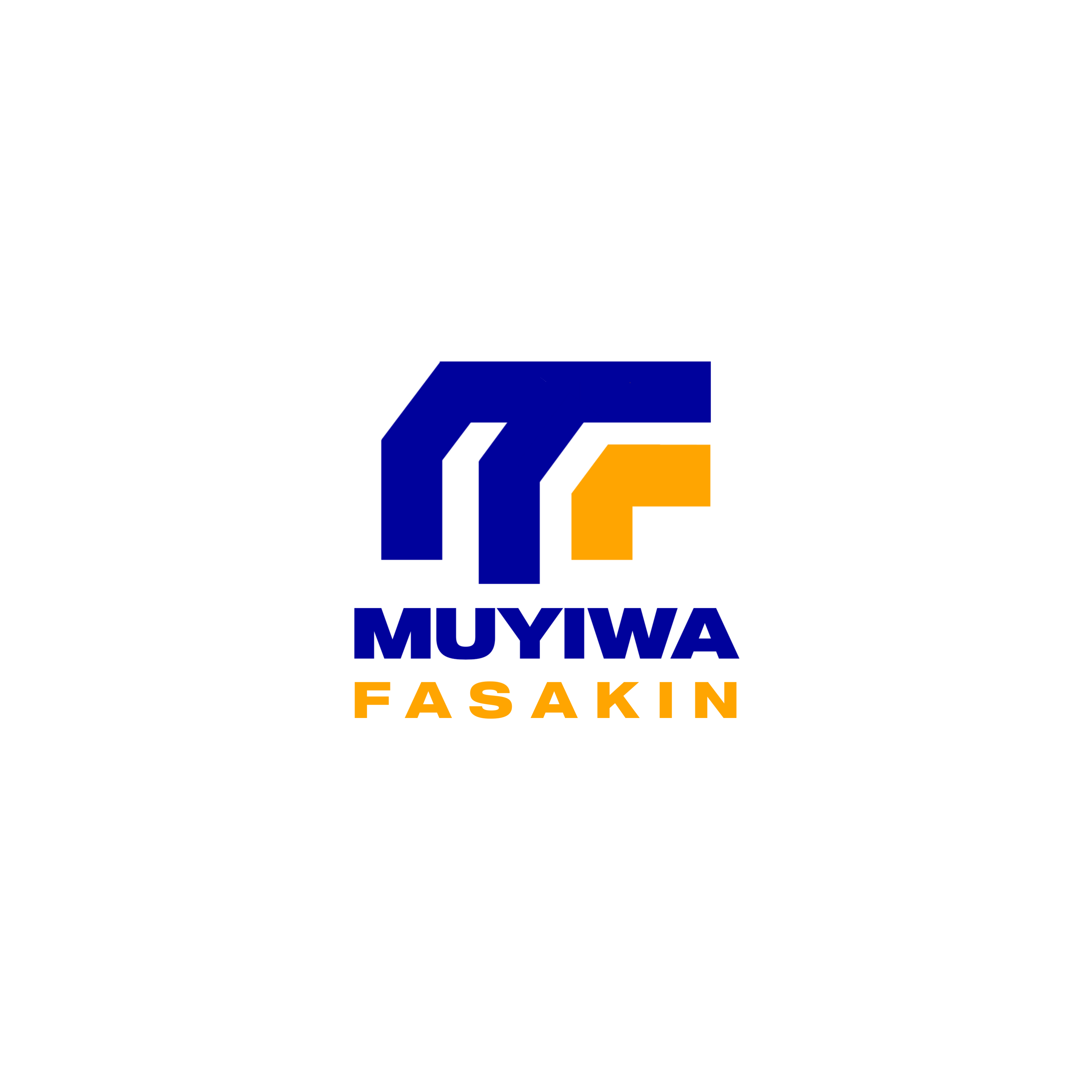
Exploring Visual Arts: Painting, Drawing, and Sculpture
Introduction
Visual arts encompass a rich tapestry of human expression that has evolved across cultures and civilizations, leaving behind a legacy of creativity that spans millennia. Among the most prominent and enduring forms of visual art are painting, drawing, and sculpture. These art forms not only capture moments in history but also offer a window into the artist’s emotions, ideas, and the world as they perceive it. In this blog post, we embark on a journey through the realms of painting, drawing, and sculpture, exploring their origins, techniques, and the profound impact they have on our understanding of art and the human experience.
Painting: The Palette of Emotions
Painting is a form of visual art that employs pigments and brushes to create images on various surfaces, such as canvas, paper, or wood. From the intricate details of Renaissance masterpieces to the bold strokes of modern abstract art, painting serves as a canvas for the artist’s imagination and emotions.
Origins and Evolution
The history of painting dates back to prehistoric times when early humans used natural pigments to depict scenes of hunting, rituals, and daily life on cave walls. Over time, painting evolved alongside civilizations, reflecting cultural, religious, and social changes. From the iconic frescoes of ancient Pompeii to the captivating works of the Impressionists, painting has continually reinvented itself.
Techniques and Styles
Painting encompasses a vast array of techniques and styles, from realism to abstraction. Artists utilize techniques such as chiaroscuro (light and shadow), perspective, and color theory to create illusions of depth and volume. Styles range from the serene beauty of landscapes to the emotional intensity of portraiture, each contributing to the diversity and richness of the art world.
Drawing: Lines of Imagination
Drawing is the foundation of visual art, utilizing lines, shapes, and forms to create images. It’s an essential skill for artists, architects, designers, and creatives of all kinds, serving as a means of communication and expression.
Historical Significance
Drawing has played a pivotal role in human history, from the earliest cave drawings that communicated essential information to intricate architectural sketches that brought monumental structures to life. Throughout history, drawing has bridged the gap between conceptualization and creation, serving as a blueprint for artistic endeavors.
Mediums and Techniques
Drawing encompasses a variety of mediums, including graphite, charcoal, ink, and pastels. Techniques such as cross-hatching, stippling, and shading allow artists to create texture, depth, and dimension. Whether capturing fleeting moments in a sketchbook or producing highly detailed works, drawing offers a direct and intimate connection between the artist’s hand and the creative process.
Sculpture: Form in Three Dimensions
Sculpture is the art of creating three-dimensional forms through carving, modeling, casting, or assembling materials. It allows artists to interact with space, materials, and the viewer’s perspective in a unique and tangible way.
Historical Roots
Sculpture holds a significant place in human history, with ancient civilizations producing iconic works such as the Greek Parthenon sculptures and the terracotta army of China’s First Emperor. Sculpture has evolved from traditional figurative forms to encompass abstract, conceptual, and multimedia approaches.
Materials and Techniques
Artists working in sculpture employ diverse materials, including stone, wood, metal, clay, and found objects. Techniques range from subtractive processes like carving to additive methods like modeling and assembling. Sculpture challenges artists to consider not only form and composition but also how their work interacts with the surrounding environment.
Conclusion
Painting, drawing, and sculpture are vibrant threads woven into the fabric of human creativity. They have the power to evoke emotions, tell stories, and capture the essence of the human experience. From the captivating strokes of a brush to the intricacies of a finely detailed drawing and the tangible presence of sculpture, these visual arts provide a profound means of communication, self-expression, and cultural preservation. As we continue to explore and celebrate these art forms, we deepen our connection to our shared history and unlock new dimensions of creativity and understanding.

